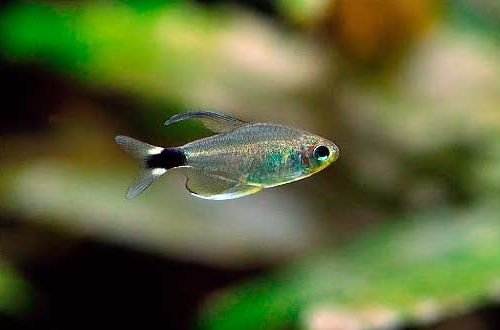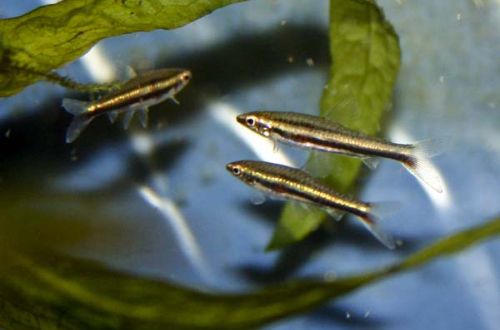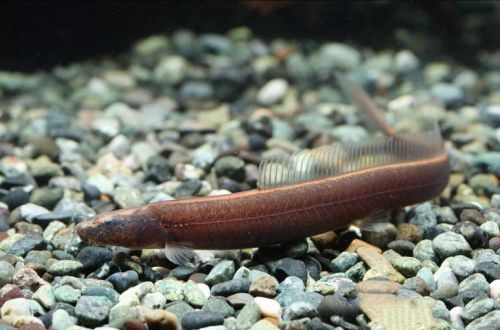
Tetra elahis
Tetra elachys, scientific name Hyphessobrycon elachys, belongs to the Characidae family. The fish comes from South America, is found in the Paraguay River basin, which flows through the territory of the eponymous state of Paraguay and the southern states of Brazil bordering it. Inhabits swampy areas of rivers with dense vegetation.

Contents
Description
Adults reach a length of 2–3 cm. The fish has a classic body shape. Males develop elongated first rays of the dorsal and ventral fins. The females are somewhat larger.
A characteristic feature of the species is the silvery color of the body and a large black spot at the base of the caudal peduncle bordered with white strokes.
Behavior and Compatibility
Peaceful schooling fish. In nature, c can often be seen along with the Corydoras, which dig at the bottom, and Elahi tetras pick up floating food particles. Thus, Cory catfish will be excellent tankmates. Good compatibility is also observed with other calm tetras, Apistograms and other species of comparable size.
Brief information:
- The volume of the aquarium – from 40 liters.
- Temperature – 24-27°C
- Value pH — 6.0–7.2
- Water hardness – 1–15 dGH
- Substrate type – dark soft
- Lighting – subdued
- Brackish water – no
- Water movement is weak
- The size of the fish is 2–3 cm.
- Feeding – any food of suitable size
- Temperament – peaceful
- Keeping in a flock of 8-10 individuals
Maintenance and care, arrangement of the aquarium
The optimal size of the aquarium for a flock of 8-10 fish starts from 40-50 liters. The design should include a lot of shelters made of snags, thickets of plants, including floating ones, and other places where one could hide. The lighting is subdued. A dark substrate will emphasize the silvery color of the fish.
Soft acidic water is considered a comfortable environment for keeping Tetra elahis. However, like most other Tetras, this species can adapt to harder water if the GH values rise slowly.
Aquarium maintenance is standard and consists of at least the following mandatory procedures: weekly replacement of part of the water with fresh water, removal of organic waste, cleaning of the soil and design elements, equipment maintenance.
Food
An omnivorous species, will accept most popular feeds. These can be dry flakes and granules of a suitable size, live or frozen daphnia, small bloodworms, brine shrimp, etc.
Breeding / breeding
In favorable conditions and with a sufficient number of places for shelters, there is a high probability of spawning and reaching adulthood by fry without any participation of the aquarist. However, given that Tetras tend to eat their own eggs and offspring, the survival rate of juveniles will be low. Added to this is the difficulty of getting enough food for the fry.
A more organized breeding process can be carried out in a separate aquarium, where sexually mature males and females are placed. In the design, a large number of small-leaved stunted plants, mosses and ferns are used, which cover the bottom of the tank. Lighting is weak. A simple airlift filter is best suited as a filtration system. It does not create excessive flow and reduces the risk of accidentally sucking eggs and fry.
When the fish are in the spawning aquarium, it remains to wait for the start of reproduction. It can occur unnoticed by the aquarist, so it is worth checking the bottom and thickets of plants daily for the presence of eggs. When they are found adult fish can be returned back.
The incubation period lasts a couple of days. The fry that have appeared remain in place for some time and feed on the remnants of their yolk sac. After a couple of days, they begin to swim freely in search of food. As feed, you can use specialized feed in the form of powder, suspensions, and, if possible, ciliates and Artemia nauplii.





